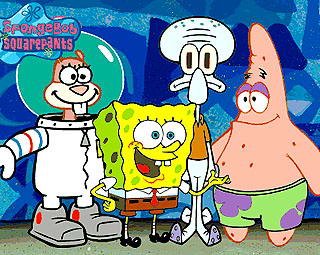What is a "Snipe" in the Digital Television Age?
I want to thank my colleague and friend Dr. Douglas Ferguson for pointing me in the right direction in the following blog entry. Update: lostremote.com has the following in the google cache:
snipe (n)
A promotional animation that rolls in along the bottom of the screen during a TV show. (For example: "Coming Up: Law & Order" with the animated NBC peacock.)
I'd like to think there are some strong, silent types out there reading my blog. I really want to invite EVERYONE to express yourselves. You don't even have to disagree with me. Maybe I need to be radicalized. I and our world will learn more from discourse about the future of interactive television and I actively solicit your involvement.
Now, back to one of the most interesting things to come about in television promotions in quite some time: it's those animated promos that appear suddenly onscreen during the airing of a television program. What a phenomenon, and what are they worth? Doug is a long-time expert on the television industry, so I asked him these intrusive animations that take advantage of our prehistoric, genetic inability to ignore motion within our visual field. Yes, some of our more despised web advertisers have banner ads that do nothing but "vibrate" and it takes a concerted effort on the viewers part not to be distracted. (Perhaps we should be distracted so we can call these clowns on the carpet.)
Well, television has answered with its own "pop-up ads" (as I have seen them referred to in the trade press). From my own experience, they seem to be limited to promotions for others shows and not for soap or automobiles. Doug told me they have a name: "snipes." Currently, a web search for this term turns up precious few hits (unless you include Wesley Snipes).
You may use this content (better still, argue with me!), but please cite my ideas as © 2006, Dr. Bruce Klopfenstein. Find any typos! Don't smite me, let me know!
 Thanks blogger community for solving my mysterious error. I'll hang on to
Thanks blogger community for solving my mysterious error. I'll hang on to 






